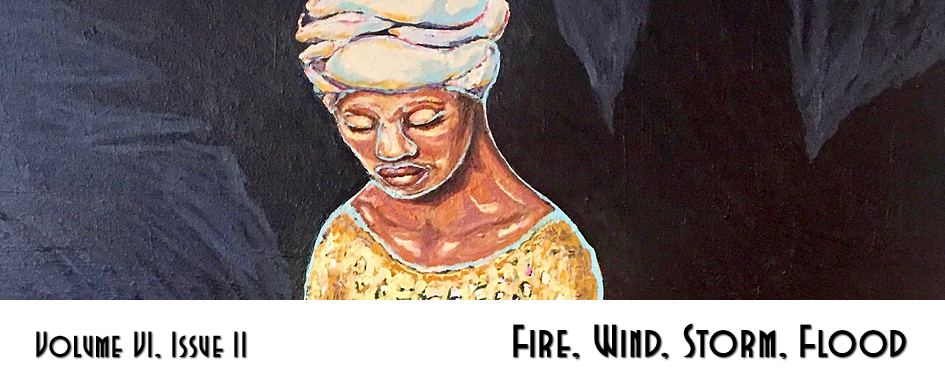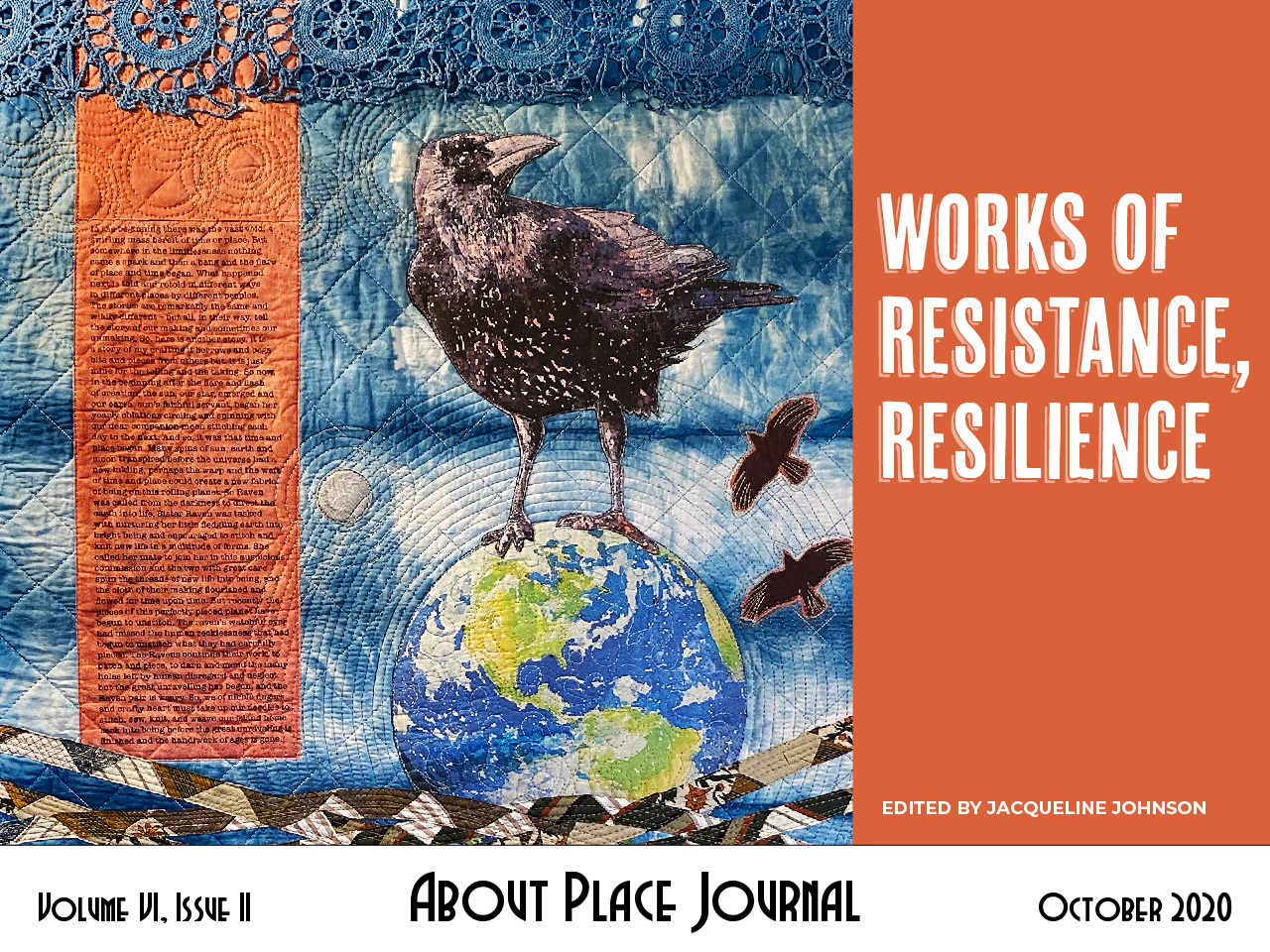In the Pacific Northwest lie mountains, glittering rivers, wilderness, blankets of pines, rocky coasts, and other lush trademarks that bring this region its green reputation. I grew up there, running wildly through the damp woods, perpetually having pine needles in my hair, and sporting magenta blackberry stains around my mouth. This place brought me a life of free-diving into cold oceans just to spot purple starfish and swims with local seals after school. My world was swirling with peaks painted by the “Blue Hour” and orca whales greeting my morning kayak journeys. Many of my teachers, classmates and neighbors were from Alaska, and they told similar stories of the land that our land mirrored. I grew to love that northern sister of our state, and I felt that I knew the love that those people had for their own wondrous pines and sparkling bays, because they nearly bordered my own.
It was acknowledged widely that these two places (my Pacific Northwest and the Alaskan piece of it) shared the same core; the same vital heart of it all – Salmon. Salmon kept our forests breathing and our rivers filled with life. It shaped the indigenous cultures in the area, fed the hungry bellies of those who dared to venture into the Wild North, and kept this interconnected world balanced and thriving. Without the Salmon, the Pacific Northwest as we knew it would cease to exist. My home, and the home of countless other Washingtonians, Canadians, and Alaskans would reshape into something hungry; something bare.
Understood by residents of these places, when Salmon die they do not stop serving the land. Death is not the end for them. They hatch downstream, sheltered. When they awake to the world, they swim to the sea, spending most of their ocean-laced lives there. When it comes time, the Salmon bravely face swimming upstream to their birth places, lay the eggs of the new generation there, and submit to death shortly after. When they die, their bodies feed the small water dwellers, who eventually feed the new Salmon swaths, bringing them strength and nourishment. Since they spend most of their lives at sea, when they die, those marine nutrients that they soaked up now get released into the fresh water and the land. These nutrients are paramount to these landscapes, just like any other essential substance. They are the wild’s breath.
We can view their lives as tragic, and I could have spent my childhood wading through them in tears, thinking of their downfall ahead. I could have watched them swim up to join their own death march, and I could have tried to change the currents. Yet Salmon pierce the water onward, and fight for the chance to die. They hold evergreens and moss and woodlands on their backs, and on their bones. They are needed, and to be needed is rare. It’s something that everyone works their whole lives to be worthy of being, and the Salmon is simply born as; with that name stretched over its skin and cherry scales – “needed.” The skin of Salmon wraps wonderlands in psalms of survival, of living, and of death growing trees into wilderness. It’s thick with the ebb of crystal waters, and the refusal to back down from dying. It’s eternal.
The violence of returning to the ground is one that keeps my ethereal forests and coasts and lupine fields growing strong. My home would be dead without these beings, and so would the home of all of us who wander north. Their search for their beginnings is one that we can all cling to and relate to, because it’s not a tale of submission to the past. Theirs is a tale of writing their own story on their skin, on our hands, and on the land that crowns them.


